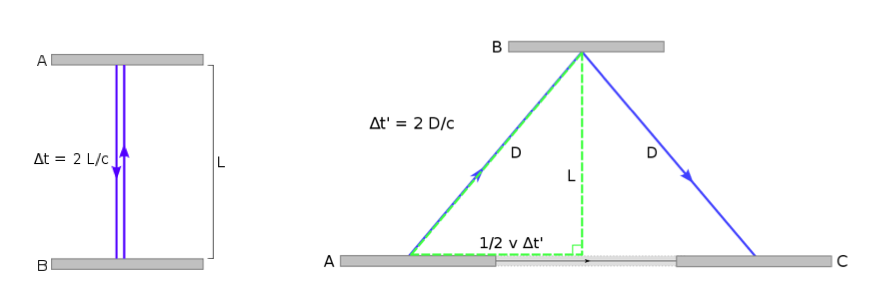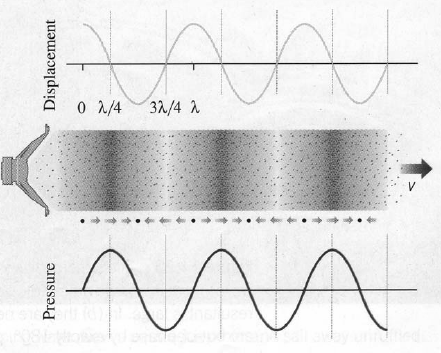
Last summer, a small neutrino experiment in Europe called OPERA (Oscillation Project with Emulsion tRacking Apparatus) stunned the world with a preliminary announcement that it had clocked neutrinos travelling just a few fractions of a second faster than the speed of light.

We do not currently understand why travel into the past is forbidden, but we hope that someday we can construct a law of physics that tells us why."It is impossible to travel faster than light, and certainly not desirable, as one's hat keeps blowing off." As of now this conjecture is merely a, well, conjecture, and not proven. Physicists have proposed the “causality protection conjecture,” which says that faster than light travel (and travel into the past) is outright impossible. It seems impossible for us to travel backwards into the past or send signals into our own past: Everything in our universe not only travels no faster than the speed light, but also always in the direction of the future. This doesn’t rule out the existence of tachyons explicitly, but it does signal that they likely don’t exist. This is just one of many common time-travel paradoxes brought about by traveling faster than light. But if the transmitter was destroyed, I can’t get the signal out. If I get my signal out, then my transmitter was destroyed in the past. The only way to destroy the transmitter is through the reception of your signal, but the only way to get your message is for me to first send mine.

Suppose that signal back to me contained instructions to destroy my transmitter. If you construct things just right in the rocket ship, that signal can arrive back to me before I sent the original one out. For example, you could move in a certain direction with a certain speed and send a tachyon signal back to me. The problem is that with tachyons, you could start to construct some truly weird scenarios. Read More: Black Holes Are Accelerating The Expansion Of The Universe, Say Cosmologists That’s a little weird but doesn’t necessarily violate anything about physics. If you were looking back at me through a telescope, those tachyons would reach you before the photons carrying the image of me sending the message arrived in your telescope. You could fly out in a rocket ship, and on Earth, I could beam tachyon messages to you. To make this work, the mass of the tachyon has to be imaginary, but in the mathematical sense: Its mass would be multiplied by a factor of the square root of negative one.Īt first glance, tachyons wouldn’t cause much trouble. For tachyons, slowing down means increasing mass, and slowing down all the way to light speed would require an infinite amount of energy.

Just as we massive objects could never ever exceed the speed of light, tachyons could never dip below light speed – they would be equally constrained on the other side of that invisible boundary. Einstein himself played around with the idea, calling them “ meta-particles ,” but today we call them tachyons, a word coined in 1967 by physicist Gerald Feinberg from the Greek word meaning “swift.” There is a hypothetical class of particles that always travel faster than light. Said another way, going faster than light means going faster than time itself, meaning that faster-than-light travel automatically allows for time travel into the past. Going faster than light means that you could go faster than causality.

Read More: A Major Time Travel Perk May Be Technically Impossible The speed of light is actually the speed of causality – the fastest possible way that one cause can create an effect, and the fastest possible way that events can influence each other. Every single interaction in the universe, whether it’s your sibling hitting you or a supernova ’s shock wave blasting through a gas cloud, is limited to the speed of light. It’s an expression of how fast objects can influence each other. But the speed of light isn’t just an expression of how fast objects can travel.


 0 kommentar(er)
0 kommentar(er)
